Just Herps, RNR 3018 Spring 2024
1/59
Earn XP
Description and Tags
Herps. Just herps. Toads calls are usually higher pitched than frogs.
Name | Mastery | Learn | Test | Matching | Spaced |
|---|
No study sessions yet.
60 Terms
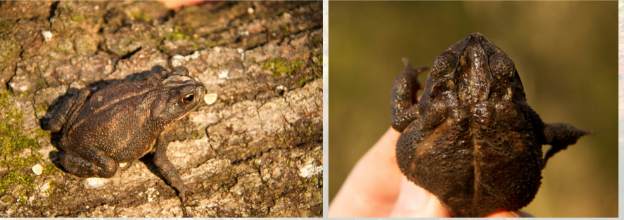
Class Amphibia, Order Anura, Family Bufonidae:
Gulf Coast Toad, Incilius nubulifer - It’s got four toes in front, three toes in the back, and hard ridge lines on face. It occurs in a wide range of habitats, both natural and human-altered: coastal prairies, barrier beaches, towns, etc.
Low pitched purr sound or trill sound

Class Amphibia, Order Anura, Family Hylidae:
Eastern Cricket Frog - Acris crepitans
They are more aquatic than other members of the family, and are generally associated with permanent bodies of water with surface vegetation.
Kind of sound like those magnets you clink together.
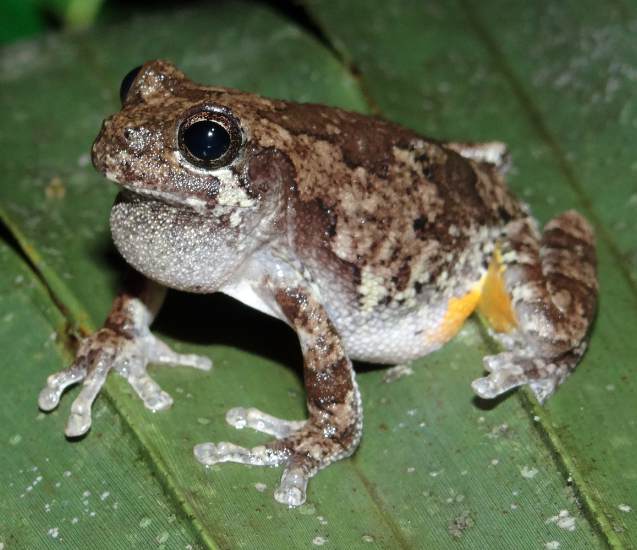
Class Amphibia, Order Anura, Family Hylidae:
Cope's Gray Treefrog - Hyla chrysoscelis
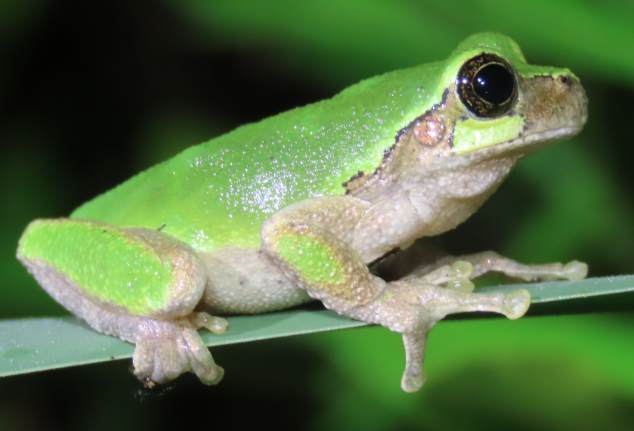
Class Amphibia, Order Anura, Family Hylidae:
Bird-vocied Treefrog, Hyla avivoca -
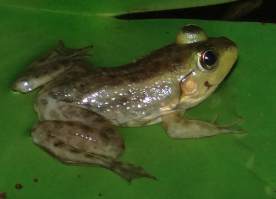
Class Amphibia, Order Anura, Family Ranidae:
Pig Frog, Lithobates grylio
Sounds like a pig.

Class Amphibia, Order Caudata, Family Amphiumidae:
Two-toed Amphiuma, Amphiuma means - It has two toes
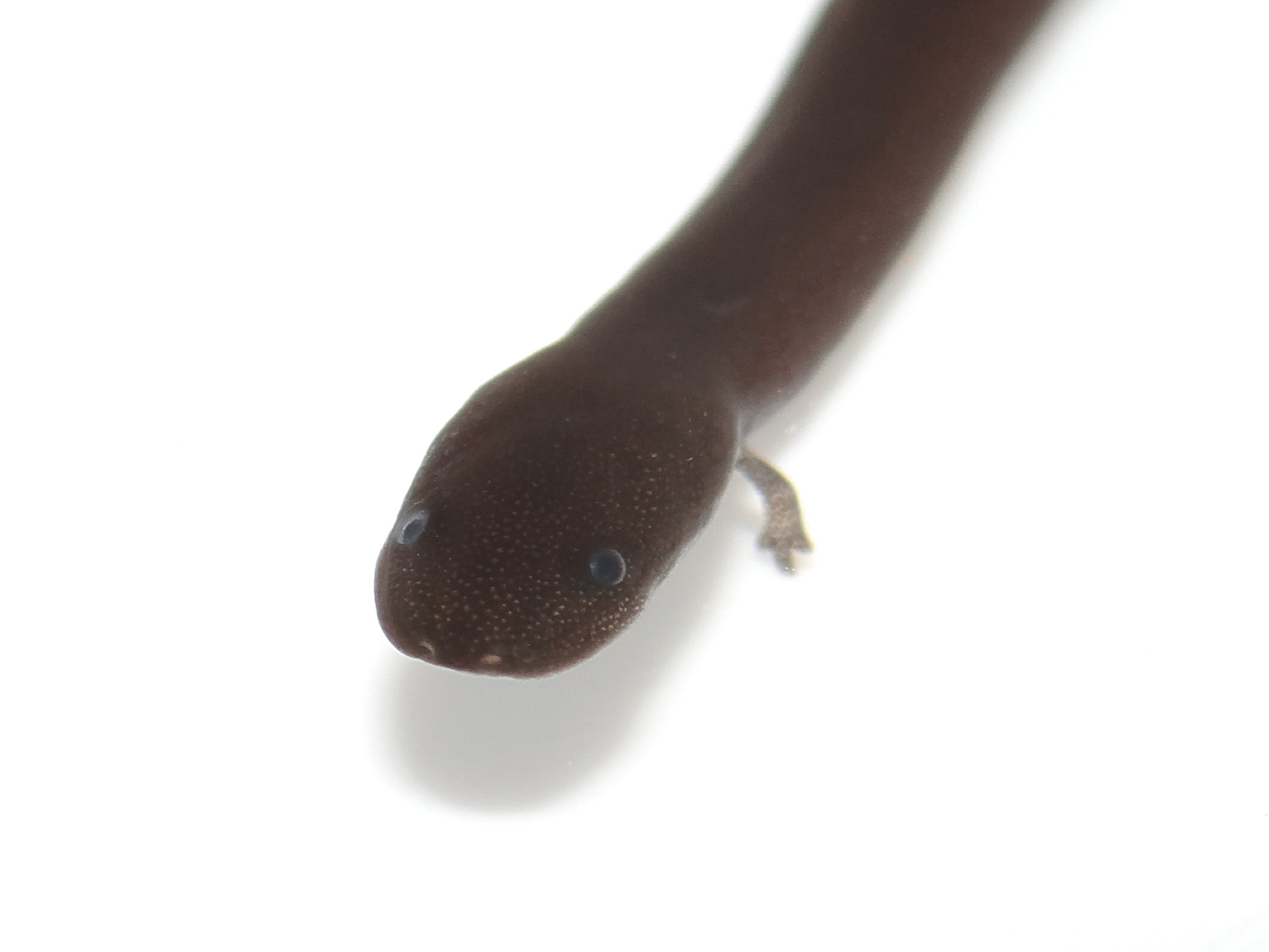
Class Amphibia, Order Caudata, Family Amphiumidae:
Three-toed Amphiuma, Amphiuma tridactylum
What the difference between a two-toed amphiuma and a three-toed amphiuma?
One toe

Class Amphibia, Order Caudata, Family Sirenidae:
Lesser Siren, Siren intermedia
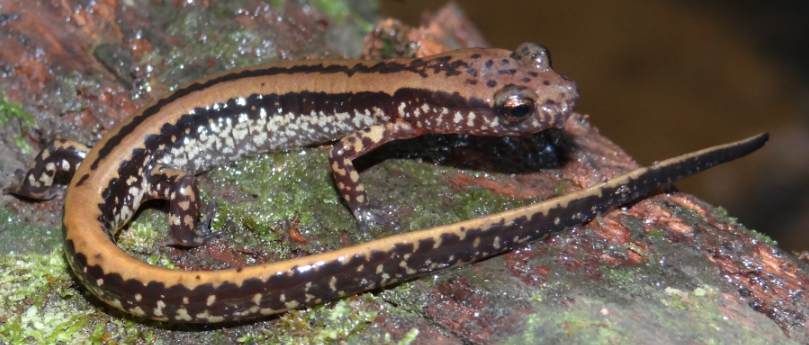
Class Amphibia, Order Caudata, Family Plethodontidae:
Three-lined Salamander - Eurycea guttolineata
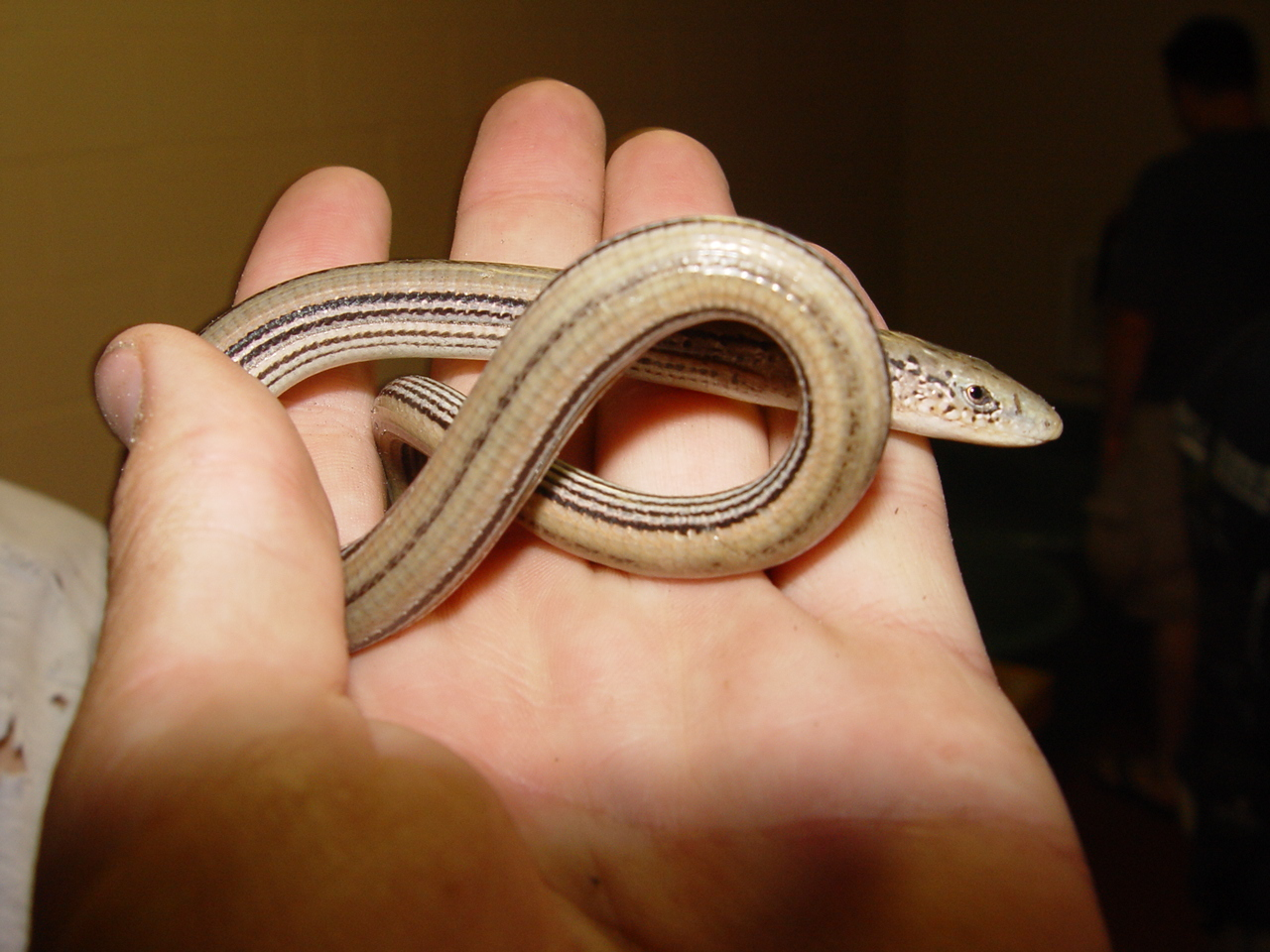
Class Reptilia, Order Squamata, Suborder Lacertilia, Family Anguidae:
Slender Glass Lizard, Ophisaurus attenuatus
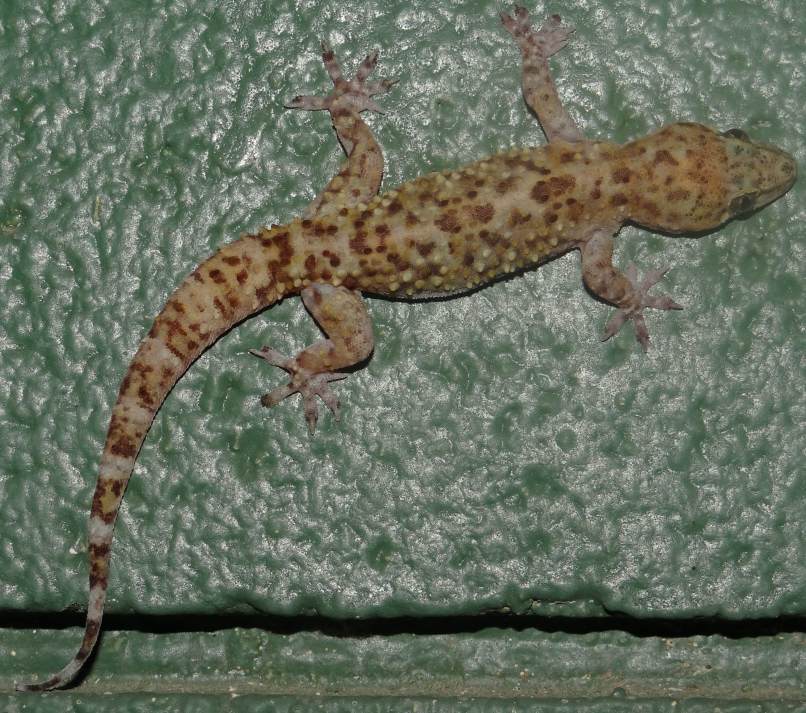
Class Reptilia, Order Squamata, Suborder Lacertilia, Family Gekkonidae:
Mediterranean House Gecko, Hermidactylus turcicus
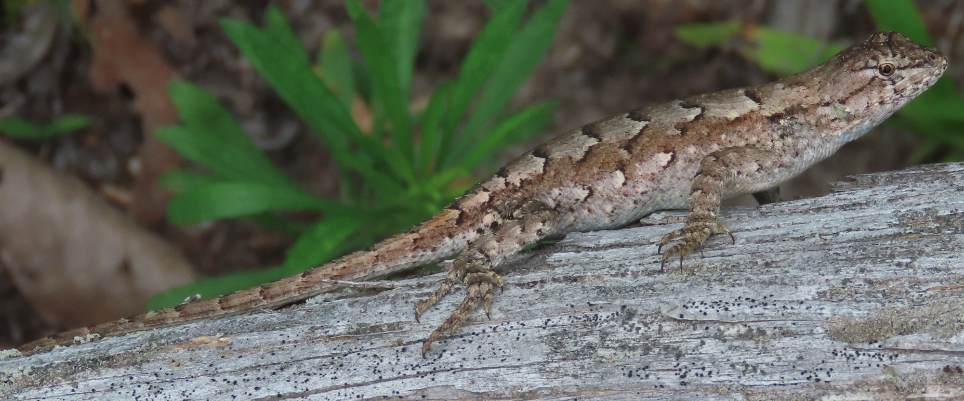
Class Reptilia, Order Squamata, Suborder Lacertilia, Family Phrynosomatidae:
Prairie Lizard, Sceloporus consobrinus
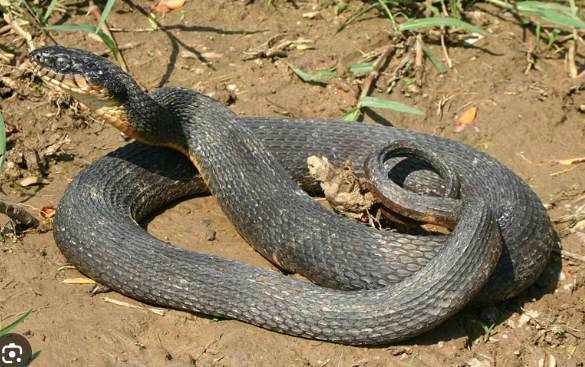
Class Reptilia, Order Squamata, Suborder Serpentes, Family Natricidae:
Plain-bellied Watersnake, Nerodia erythrogaster - The plain-bellied water snake is a large, thick-bodied, mostly patternless snake, with a generally beige underside. Plain-bellied water snakes can be distinguished from other water snakes by their “plain”, patternless undersides, which vary in color from light reddish hues to beige; this is where they get the common name “plain-bellied”, as they typically have no notable markings on their bellies.
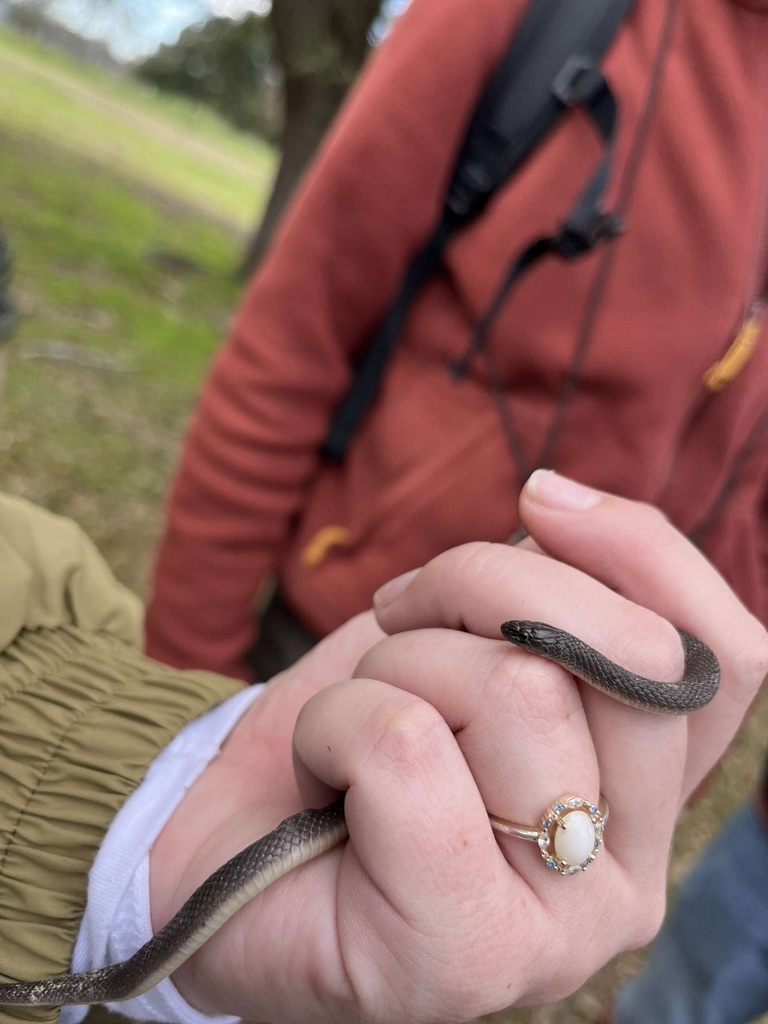
Class Reptilia, Order Squamata, Suborder Serpentes, Family Natricidae:
Rough Earthsnake, Virginia striatula (Formerly Haldea striatula) - The rough earth snake is a small -- 7-10 inches (18-25 cm) -– fairly slender brown to gray snake with keeled scales and a pointed snout. The young are darker in coloration than the adults and may have a light band on the neck, which is sometimes lost as the species matures. The belly is tan to whitish and is not sharply defined in color from the dorsum. Rough Earth Snakes are fossorial (live underground) and are most often found hiding beneath logs, leaf litter, or other debris. They feed almost exclusively on earthworms.
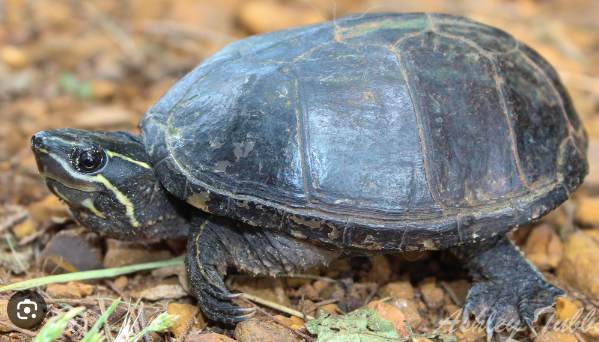
Class Reptilia, Order Testudines, Family Kinosternidae:
Eastern Musk Turtle, Sternotherus odoratus - Common musk turtles are small turtles (2 - 5 in; 5-12 cm) with dark brown or black shells that may be streaked or mottled and commonly accumulates green algae. There are two distinct stripes on the head and barbels on both the chin and throat. Common musk turtles occur throughout the eastern U.S. in a variety of aquatic habitats. They are most common in shallow water-bodies with low currents, abundant aquatic vegetation, and soft organic bottoms.
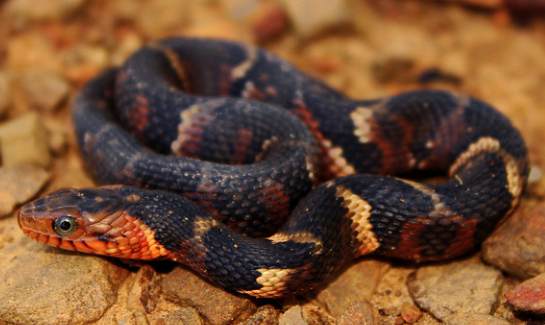
Class Reptilia, Order Squamata, Suborder Serpentes, Family Natricidae:
Broad-banded Watersnake, Nerodia fasciata confluens - Nerodia f. confluens has only 11-17 broad, dark, dorsal crossbands (black, brown, or red) on a yellow or yellow-brown background. This species also exhibits sexual dimorphism in which the female is generally longer and heavier than the male. This species inhabits most freshwater environments such as lakes, marshes, ponds, and streams. Banded water snakes are active both day and night and may be seen basking on logs or branches overhanging the water or foraging in shallow water.
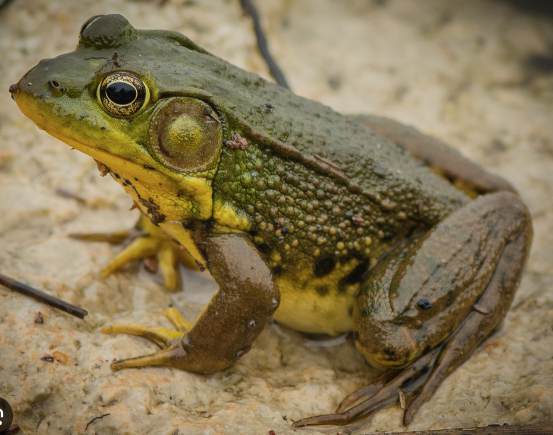
Class Amphibia, Order Anura, Family Ranidae:
Green Frog, Lithobates clamitans - This species is a mid-sized true frog. Adult green frogs range from 5–10 cm (2.0–3.9 in) in body length (snout to vent, excluding the hind legs). The sexes are sexually dimorphic in a few ways: mature females are typically larger than males, the male tympanum is twice the diameter of the eye, whereas in females, the tympanum diameter is about the same as that of the eye, and males have bright yellow throats. The dorsolateral ridges, prominent, seam-like skin folds that run down the sides of the back, distinguish the green frog from the bullfrog, which entirely lacks them.
Green frogs are associated with bodies of water and have been found in a variety of habitats, living at the margins of shallow freshwater ponds, road-side ditches, lakes, swamps, and streams, and of vernal pools and other temporary bodies of water though less so than other frogs.
Sounds like a goat laughing
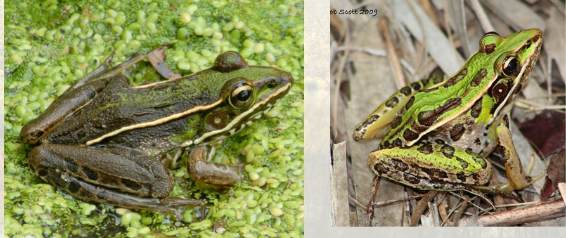
Class Amphibia, Order Anura, Family Ranidae:
Southern Leopard Frog, Lithobates sphenocephalus - This frog is up to 13 cm (5.1 in) long. It is green or brown in color with a yellowish ridge along each side of the back. Rounded dark spots occur on the back and sides; a light spot is seen on each eardrum. The male has larger fore limbs than the female.
This frog lives in many types of shallow freshwater habitat and sometimes in slightly brackish water. It is usually found close to water, but it can stay on dry land for long periods of time.
They sound like if Fish Crows laughed at you
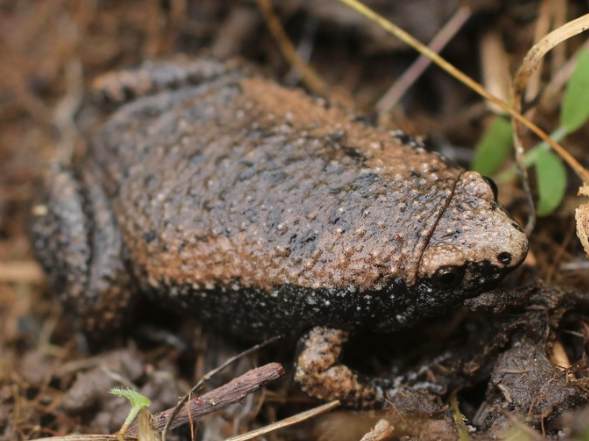
Honestly, if you can’t ID this frog yet, I feel sorry for you. It’s been on two quizzes so far.
Class Amphibia, Order Anura, Family Micohylidae:
Eastern Narrow-mouthed Toad, Gastrophryne carolinesis - It’s got a little mouth and a little head. LOOK AT IT! LOOK HOW SILLY! Look at it’s big nostrils. Although they live in a broad range of habitats and are rather ubiquitous, their most important environmental variables must include moisture and shelter.
They reside in either freshwater or terrestrial systems, and are able to use both temporary and permanent waters, as well as man-modified habitats.
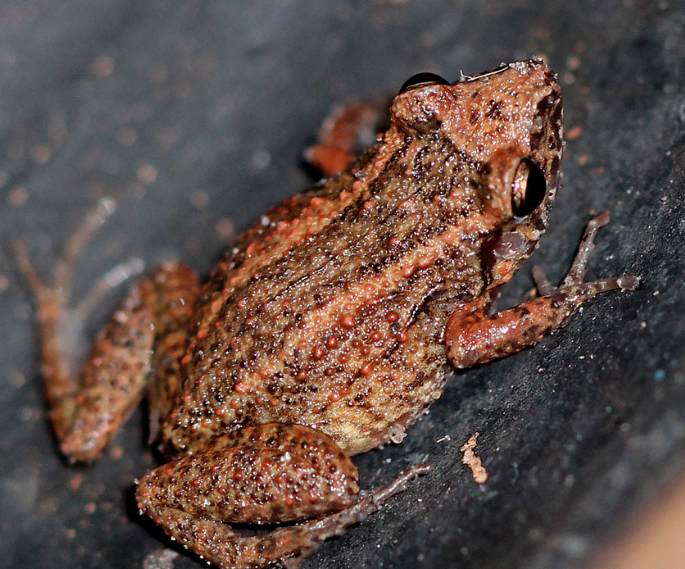
Class Amphibia, Order Anura, Family Eleutherodactylidae:
Greenhouse Frog, Eleutherodactylus planirostris - The greenhouse frog is a very small species, ranging from 17 to 31 mm (0.67 to 1.22 in) in length. These frogs are usually drab or olive-brown in colour, and occur in two forms; one has two broad stripes running longitudinally down the back, and the other is mottled. The undersides of both are a paler colour than the back, and the eyes are red.
It lives in moist leaf litter, often near human habitations, but is seldom seen because it is nocturnal. It sometimes emerges on warm, rainy days in summer.
Sounds like a leaky faucet or when you turn on your faucet and the handle squeaks.

Class Amphibia, Order Anura, Family Hylidae:
Cajun Chorus Frog, Pseudacris fouquettei - The Cajun chorus frog can be tan or brown and has narrow dark dorsal stripes that are often broken into a series of dashes or spots. It has a gray stripe that extends from its snout down each sides to its groin. It has a dark spot between its eyes that may appear triangular. The belly is white or pale. Most common in bottomland forests, small patches of woods, and along the edges of swamps and marshes.
Sounds like a Kalimba but the same tone. Like running your finger on a little metal rake.
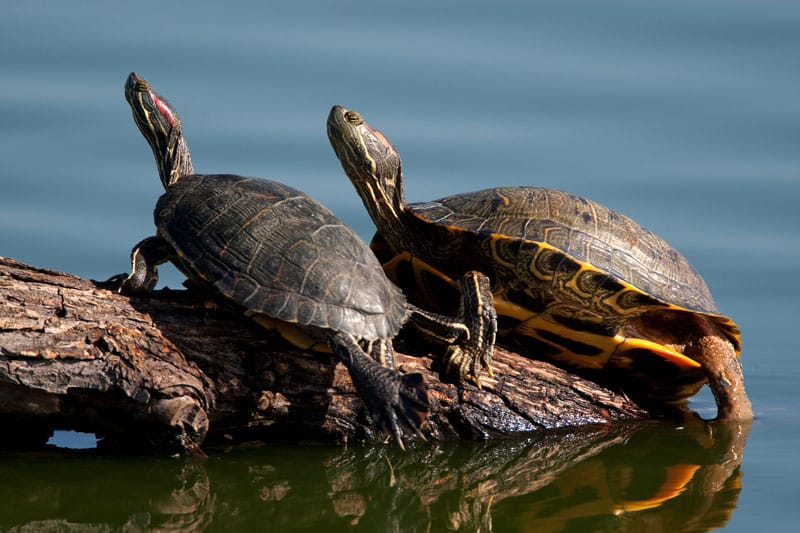
Class Reptilia, Order Testudines, Family Emydidae:
Red-eared Slider, Trachemys scripta ssp. elegans - FUN FACT: The red-eared slider gets its name from the small, red stripe around its ears, or where its ears would be, and from its ability to slide quickly off rocks and logs into the water. In nature, they inhabit areas with a source of still, warm water, such as ponds, lakes, swamps, creeks, streams, or slow-flowing rivers.
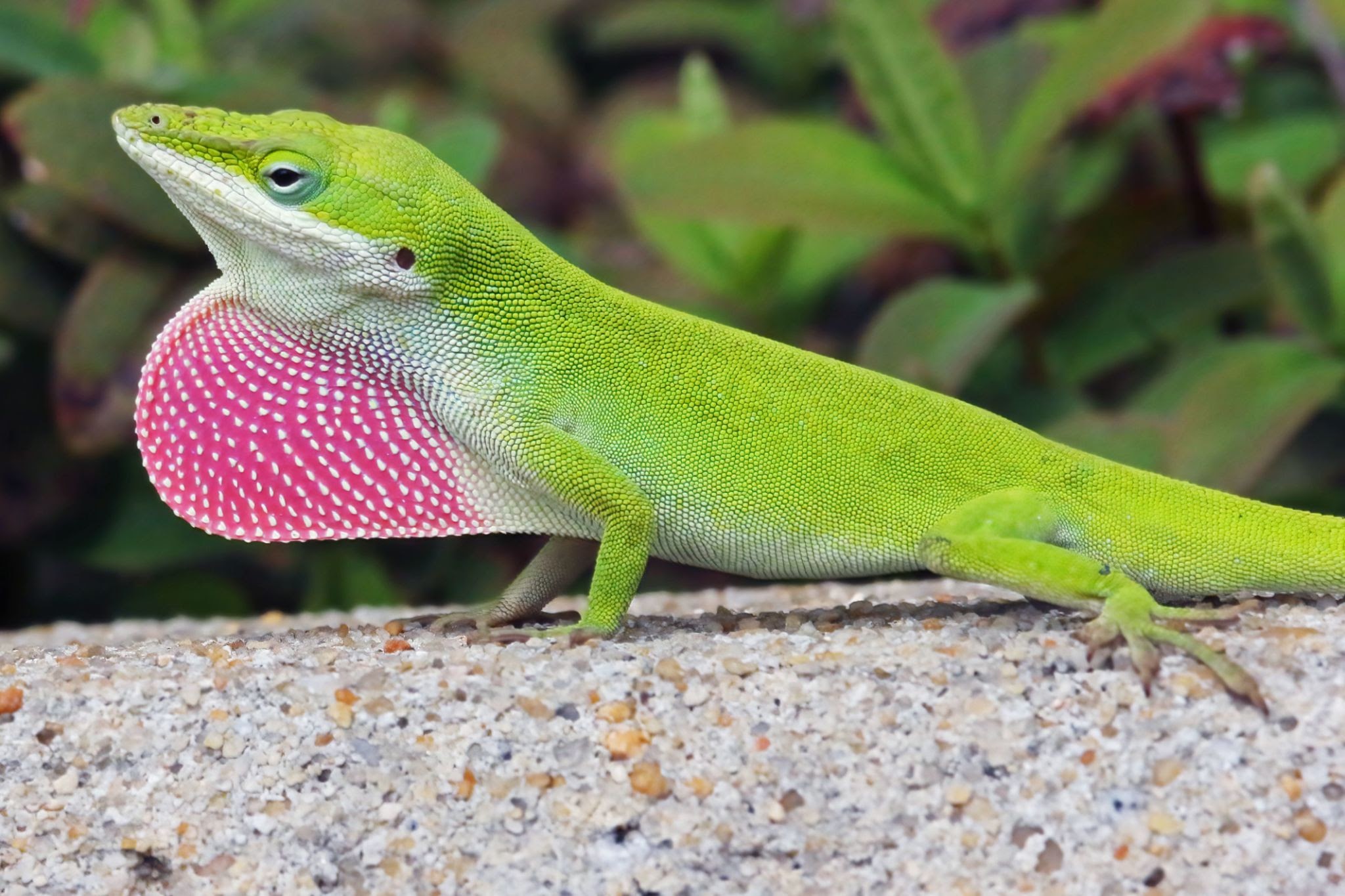
Class Reptilia, Order Squamata: Suborder Lacertilia, Family Dactyloidae:
Green Anole, Anolis carolinensis - Color varies from brown to green and can be changed like many other kinds of lizards, but anoles are closely related to iguanas and are not true chameleons. This species is native to North America, where it is found mainly in the subtropical southeastern parts of the continent.
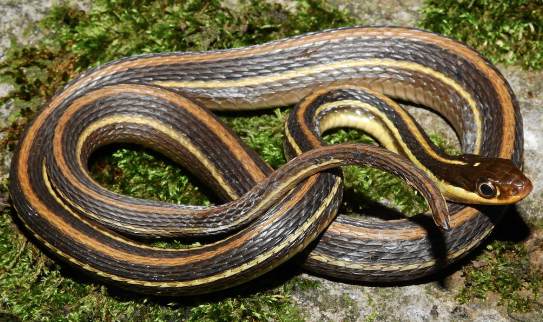
Class Reptilia, Order Squamata, Suborder Serpentes, Family Natricidae:
Western Ribbon Snake, Thamnophis proximus - Ribbon snakes have a white strip by their eye and a “clean” chin (no markings). T. proximus is a semiaquatic snake that occurs in a wide range of habitats, usually not far from water. It can be found from sea level to nearly 2,500 m (8,200 ft). It feeds on a range of invertebrates (earthworms, crayfish) and small vertebrates (lizards, fishes, and frogs, including tadpoles).
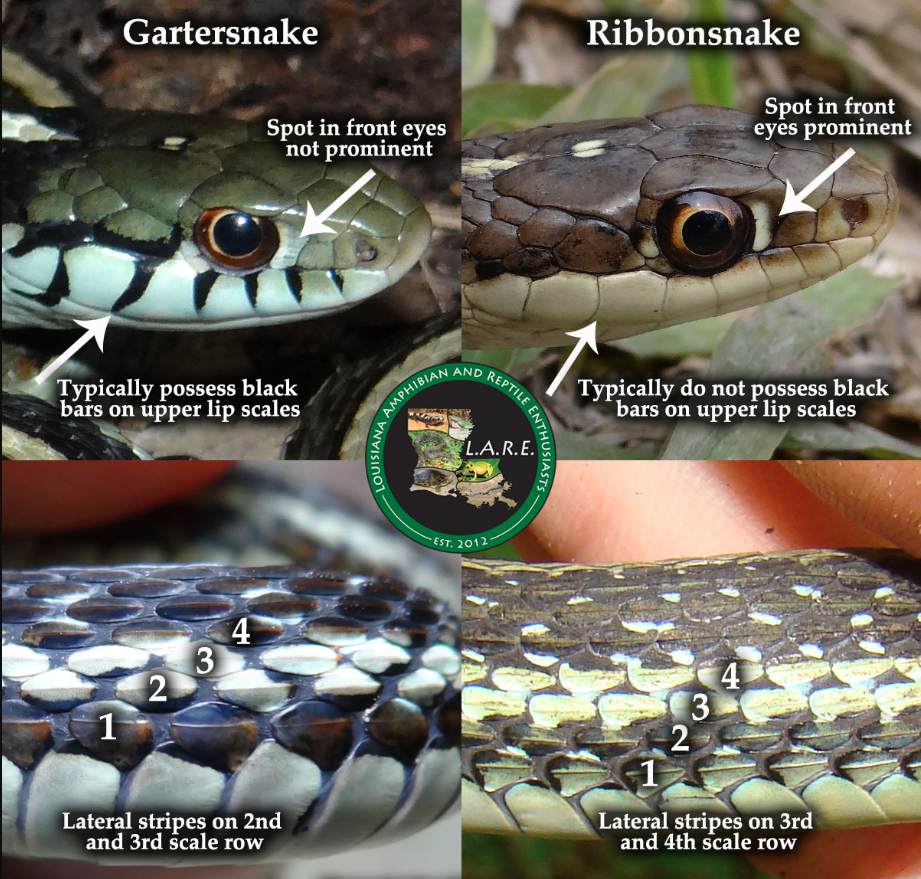
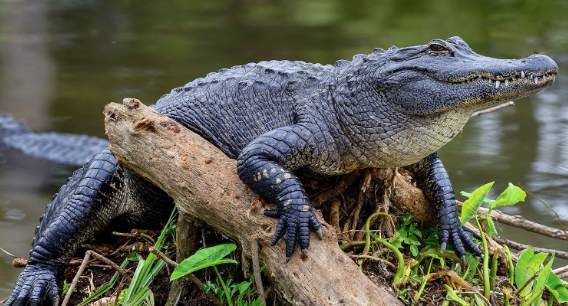
American Alligator, Alligator mississippiensis - It’s a fucking alligator dude. Say no more. If you’re from the south, you know what they eat and you know where they live.

Class Reptilia, Order Squamata, Suborder Serpentes, Family Dipsadidae:
Western Mudsnake, Farancia abacura reinwardtiif - The upperside of the mud snake is glossy black. The underside is red and black, and the red extends up the sides to form bars of reddish-pink. Although, some have a completely black body with slightly lighter black spots instead of the common reddish colors.
Inhabits the edges of streams and cypress swamps, among dense vegetation or under ground debris, using wet conditions to burrow itself into the mud. It is almost fully aquatic and rarely leaves the water, except to lay eggs, hibernate, or during drought to escape drying wetlands.
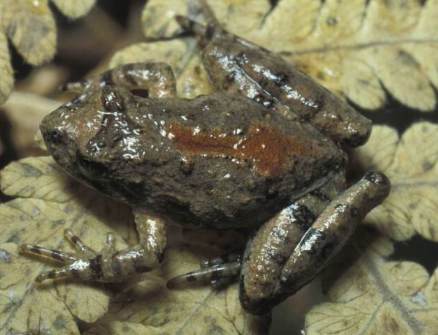
Class Amphibia, Order Anura, Family Hylidae:
Eastern Cricket Frog, Acris crepitans - The northern cricket frog is one of the three smallest vertebrates in North America, ranging from 19–38 mm (0.75–1.50 in) long. They have a prominent blunt snot. Its dorsal coloration varies widely, and includes greys, greens, and browns, often in irregular blotching patterns.
Cricket frogs prefer the edges of slow-moving, permanent bodies of water. They prefer open, shallow waters with an abundance of aquatic vegetation.
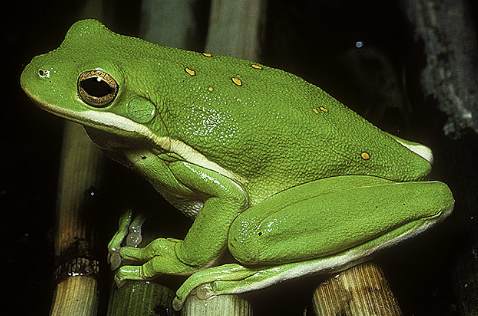
Class Amphibia, Order Anura, Family Hylidae:
Green Treefrog, Hyla cinerea
American green tree frogs prefer to live in open canopy forests with a permanent water source and filled with plentiful vegetation. The species is found in both natural and settled environments, often being sighted in backyards with ponds, in garages or garden structures. The species commonly resides in cypress ponds, water lily prairies, and marshes.
Repetitive “meh” sound in a high pitched voice

Class Reptilia, Order Squamata, Suborder Lacertilia, Family Scincidae:
Little Brown Skink, Scincella lateralis - The little brown skink is one of the smallest reptiles in North America, with a total length (including tail) of only 3 - 5.5 inches (7.5 - 14.5 cm)and 1 to 2 grams in body mass. Its back is typically a coppery brown color with a white or yellow underside, dark coloration running laterally from eyes to tail and like most skinks has an elongated body and short legs.
They lives in a variety of habitats, including deciduous or mixed deciduous/coniferous forests, hedgerows, palmetto hammocks, and the edges of streams and ponds. It does require a deep substrate, such as leaf litter.
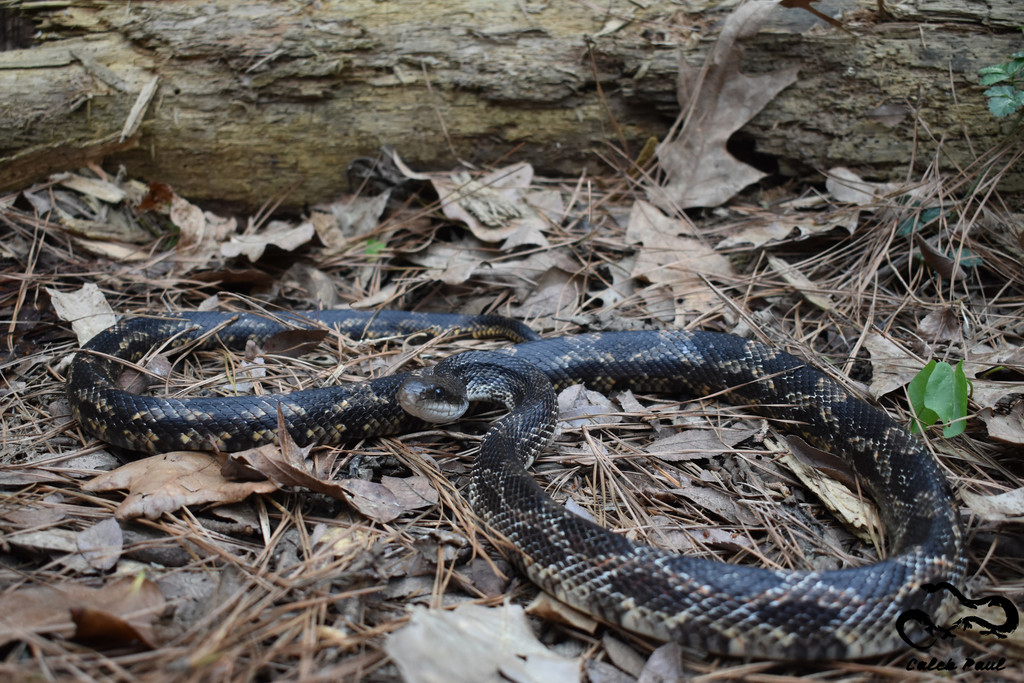
Class Reptilia, Order Squamata, Suborder Serpentes, Family Colubridea:
Western Ratsnake - Pantherophis obsoletus

Class Reptilia, Order Squamata, Suborder Serpentes, Family Natricidae:
Diamond-back Watersnake, Nerodia rhombifer - The diamondback water snake is predominantly brown, dark brown, or dark olive green in color, with a black net-like pattern along the back, with each spot being vaguely diamond-shaped. Dark vertical bars and lighter coloring are often present down the sides of the snake. In typical counter-colored fashion, the underside is generally a yellow or lighter brown color, often with black blotching.
The diamondback water snake is one of the most common species of snake within its range. It is found predominantly near slow-moving bodies of water such as streams, rivers, ponds, or swamps.
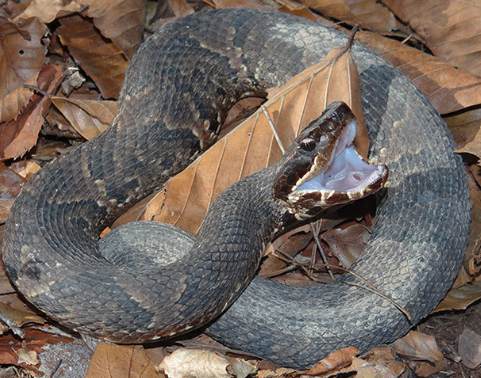
Class Reptilia, Order Squamata, Suborder Serpentes, Family Crotalidae:
Northern Cottonmouth, Agkistrodon piscivorus - Though most specimens are almost or even totally black, (with the exception of the head and facial markings), the color pattern may consist of a brown, gray, tan, yellowish-olive, or blackish ground color, which is overlaid with a series of 10–17 dark brown to almost black crossbands. These crossbands, which usually have black edges, are sometimes broken along the dorsal midline to form a series of staggered halfbands on either side of the body.
Agkistrodon piscivorus is the most aquatic species of the genus Agkistrodon, and is usually associated with bodies of water, such as creeks, streams, marshes, swamps, and the shores of ponds and lakes.
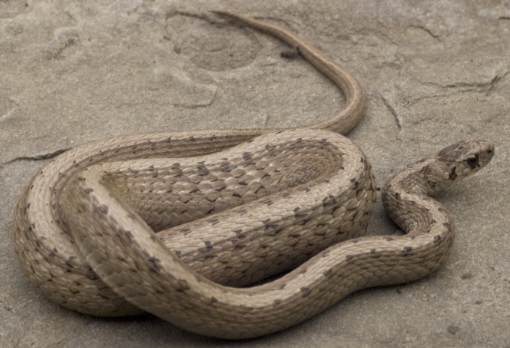
Class Reptilia, Order Squamata, Suborder Serpentes, Family Natricidae:
DeKay's Brownsnake, Storeria dekayi - Dorsally, S. dekayi is brown to gray with a lighter center stripe bordered by small black spots; ventrally, it is lighter brown or pink with small black dots at the ends of the ventral scales.
S. dekayi is a lover of urban areas and tends to frequent cities more often than the countryside. They can also be found in areas such as wetlands, grasslands, and forests, but they are most commonly encountered where humans are found. They prefer moist habitats.
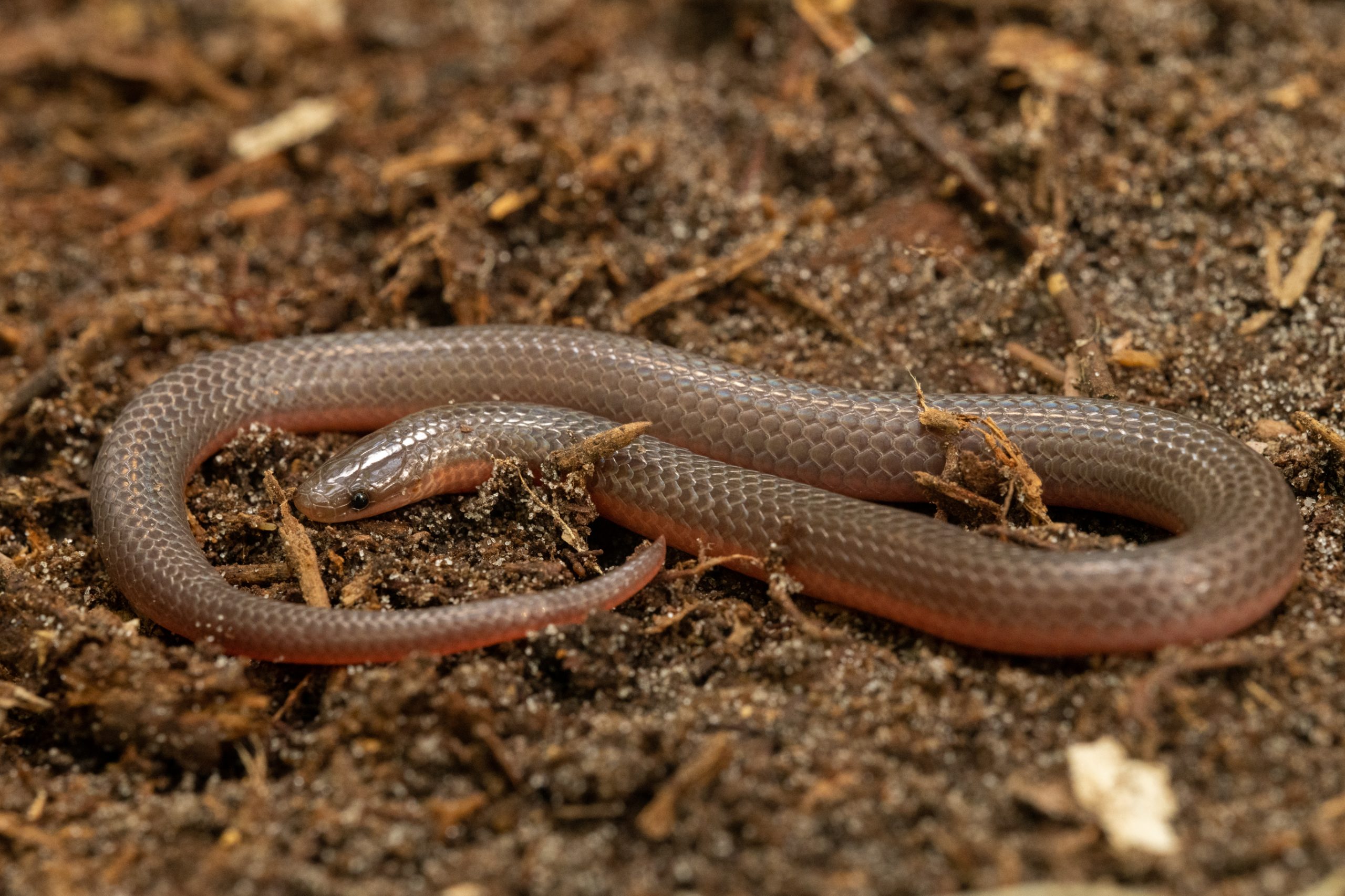
Class Reptilia, Order Squamata, Suborder Serpentes, Family Dipsadidae:
Common Worm Snake, Carphophis amoenus - Worm snakes are small snakes, 35 cm (14 in) or less in total length (including tail). The males are shorter than the females. Both sexes are usually a dark brown in color on the upperside, with a lighter-colored, pink or orange underside.
This species of snake protects a large range, and normally prefers a moist habitat in the rocky woodlands, under rotten wood of logs and stumps.
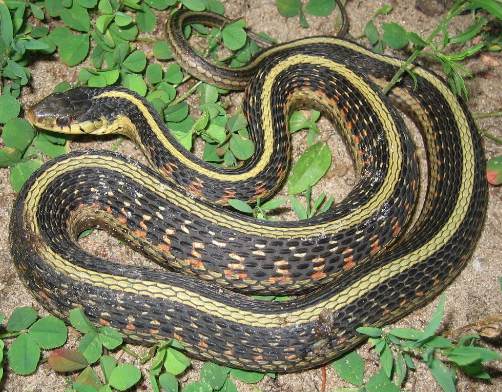
Class Reptilia, Order Squamata, Suborder Serpentes, Family Natricidae:
Common Garter Snake, Thamnophis sirtalis - Common garter snakes are thin snakes. Few grow over about 4 ft (1.2 m) long, and most stay smaller. Most have longitudinal stripes in many different colors. Common garter snakes come in a wide range of colors, including green, blue, yellow, gold, red, orange, brown, and black.
The habitat of the common garter snake ranges from forests, fields, and prairies to streams, wetlands, meadows, marshes, and ponds, and it is often found near water.
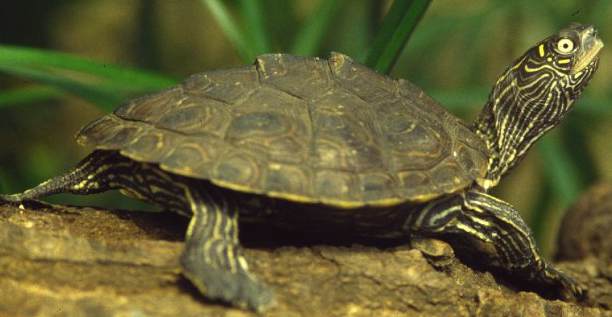
Class Reptilia, Order Testudines, Family Emydidae:
Mississippi Map Turtle, Graptemys pseudogeographica kohni - Their grey shells are covered in yellow lines resembling contour lines. They live in or near water lol
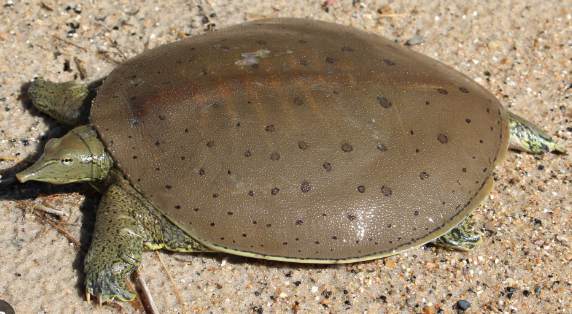
Class Reptilia, Order Testudines, Family Trionychidae:
Spiny Softshell Turtle, Apalone spinifera - This species is a member of the family Trionychidae, and one of the most distinguishing features of members in this family is the presence of a leathery, moderately flexible carapace. This is caused by loss of keratinized scutes and some bony tissue loss.
Spiny softshell turtles are often referred to as ecological generalists, meaning that they are found in a wide variety of habitats.[7] The spiny softshell can be found in bodies of fresh water including ponds, lakes, rivers, tributaries, and streams. They can persist in more urban environments as they are well adapted to periodic habitat disturbances.
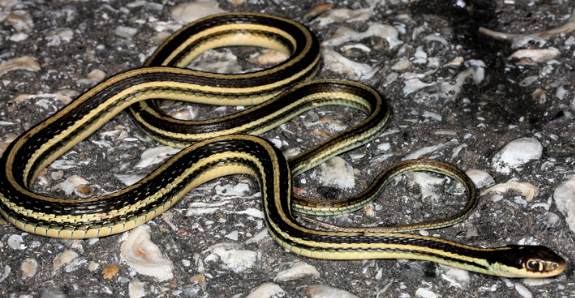
Class Reptilia, Order Squamata, Suborder Serpentes, Family Natricidae:
Gulf Coast Ribbon Snake, Thamnophis proximus orarius - It’s a subspecies of Ribbon Snake.
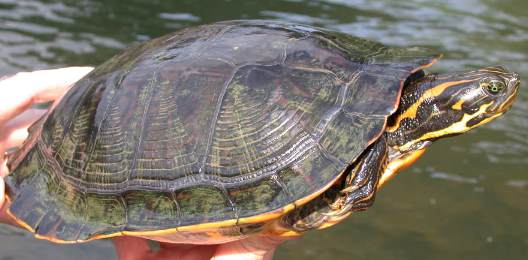
Class Reptilia, Order Testudines, Family Emydidae:
River Cooter, Pseudemys concinna - P. concinna is usually found in rivers with moderate current, as well as lakes and tidal marshes.
In the wild P. concinna feeds on aquatic plants, grasses, and algae. Younger ones tend to seek a more protein enriched diet such as aquatic invertebrates, crustaceans, and fish.
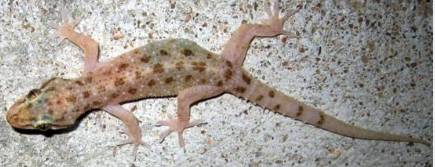
Class Reptilia, Order Squamata, Suborder Lacertilia, Family Gekkonidae:
Sri Lankan Spotted House Gecko [Introduced], Hemidactylus parvimaculatus
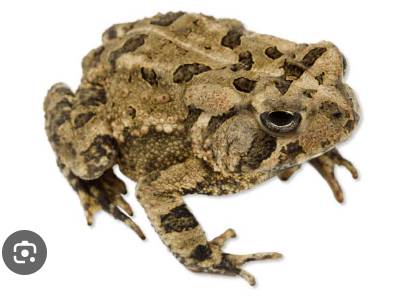
Class Amphibia, Order Anura, Family Bufonidae:
Fowler's Toad, Anaxyrus fowleri
Sounds like a single mid ranged scream. (Fowler screams)
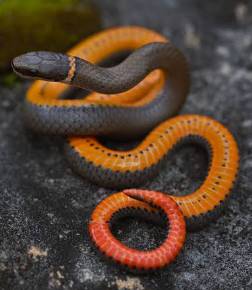
Class Reptilia, Order Squamata, Suborder Serpentes, Family Dipsadidae:
Ring-necked Snake, Diadophis punctatus
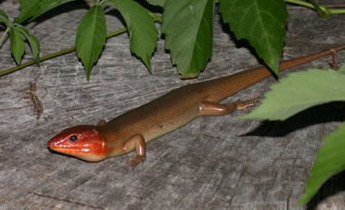
Class Reptilia, Order Squamata, Suborder Lacertilia, Family Phrynosomatidae:
Broad-headed Skink, Plestiodon laticeps -
6 - 13 in (15 - 33 cm). Broadhead skinks are the largest skink in the southeast, and with the exception of the glass lizards, are the largest lizards in our region. These large lizards have short legs and a streamlined body. The body is generally gray, brown, or black, in background color with five white or yellowish stripes (two on each side and one down the center of the back). However, adults often fade to uniform gray or brown, and mature males develop enlarged orange heads with powerful jaws. Like other skinks, the young have a bright blue tails and prominent stripes. Although adult male broadhead skinks are unmistakable, females and immature lizards are very similar in appearance to five-lined and southeastern five-lined skinks. Thus, small skinks are best identified by close examination of the scales: broadhead skinks have an enlarged row of scales under the tail and five labial (along the upper lip between the nose and eye) scales.
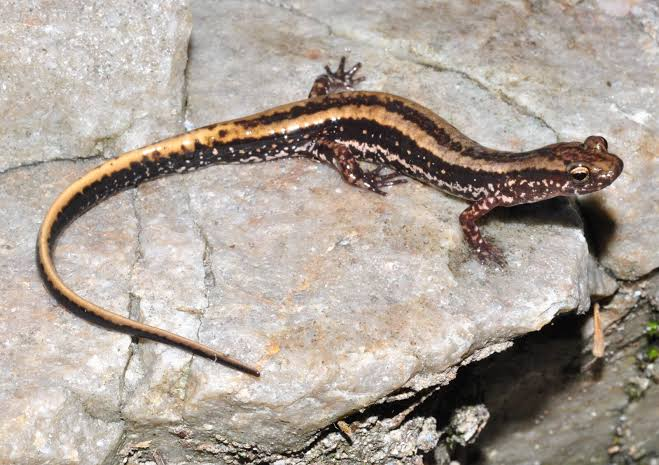
Class Amphibia , Order Caudata, Family Plethodontidae
Three-lined Salamander - Eurycea guttolineata
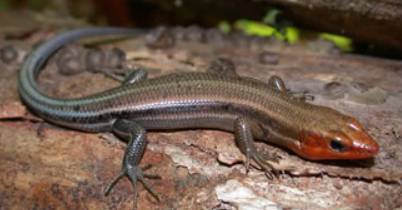
Class Reptilia, Order Squamata, Suborder Lacertilia, Family Scincidae:
Common Five-lined Skink, Plestiodon fasciatus - Five-lined skinks are moderately large lizards with short legs and a streamlined body. The body is generally gray, brown, or black, in background color with five white or yellowish stripes (two on each side and one down the center of the back). Young have a bright blue tail while adult males often loose their stripes and develop reddish or orange coloration on the head.

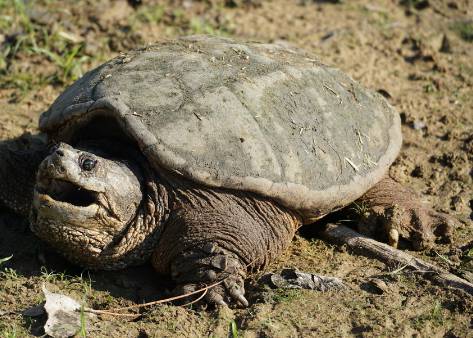
Class Reptilia, Order Testudines, Family Chelydridae:
Common Snapping Turtle, Chelydra serpentina
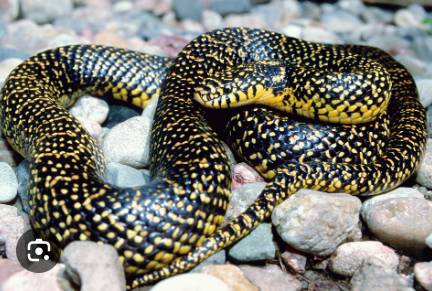
Class Reptilia, Order Squamata, Suborder Serpentes, Family Colubridea:
Speckled Kingsnake, Lampropeltis holbrooki

Class Amphibia, Order Anura, Family Scaphiopodidae:
Eastern Spadefoot, Scaphiopus holbrookii -
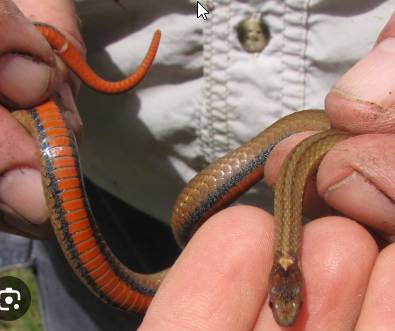
Class Reptilia, Order Squamata, Suborder Serpentes, Family Dipsadidae:
Red-bellied Snake, Storeria occipitomaculata
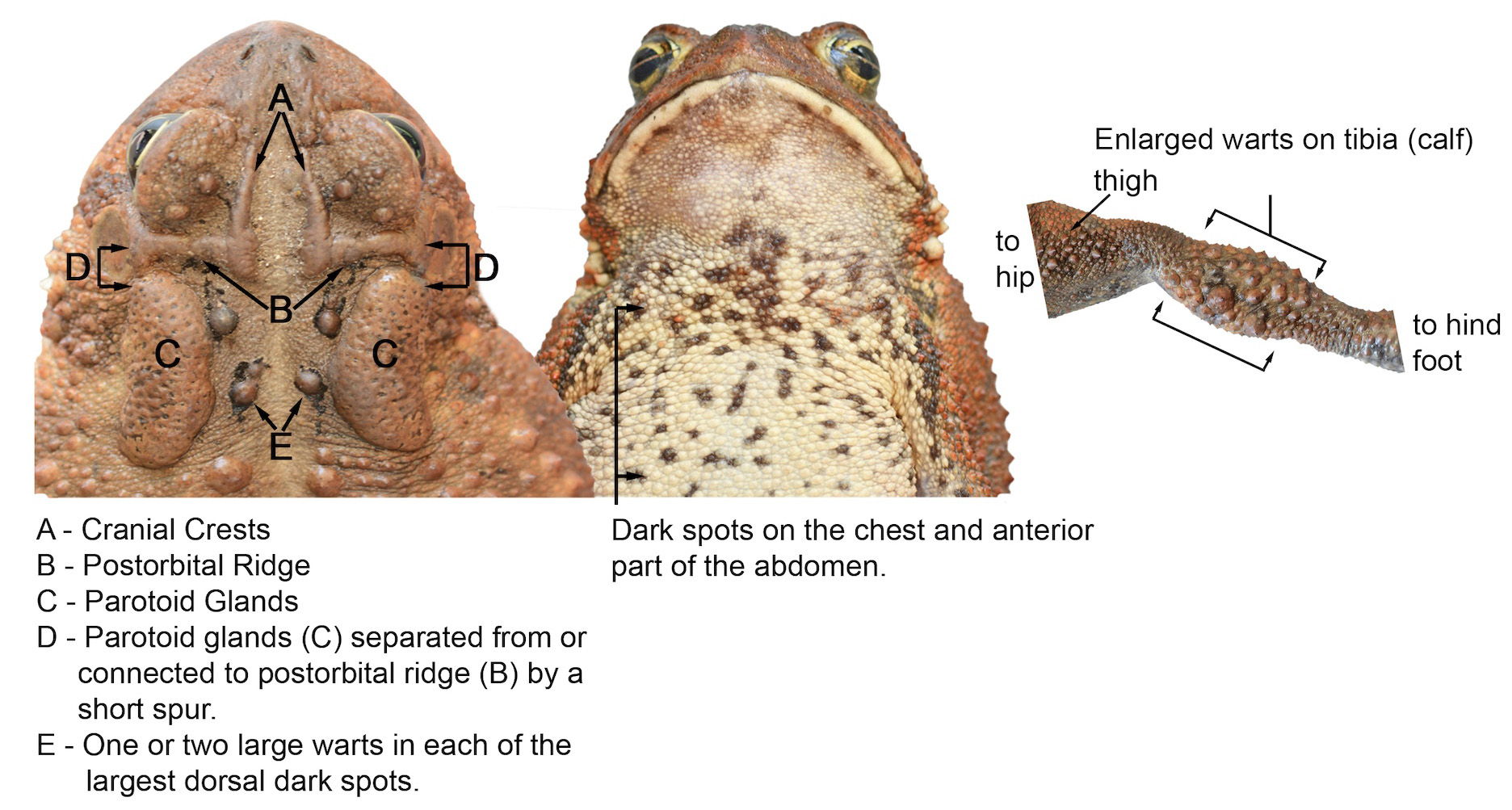
Class Amphibia, Order Anura, Family Bufonidae: American Toad, Anaxyrus americanus - Sounds like a high pitched purr.

Class Amphibia, Order Anura, Family Hylidae:
Spring Peeper, Pseudacris crucifer - They sound like a metal detector.
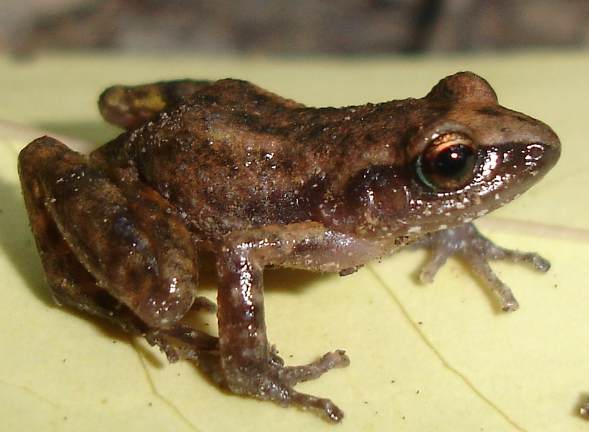
Class Amphibia, Order Anura, Family Eleutherodactylidae:
Rio Grande Chirping Frog, Eleutherodactylus cystignathoides [Introduced]

Class Amphibia, Order Anura, Family Ranidae:
American Bullfrog, Lithobates catesbeianus
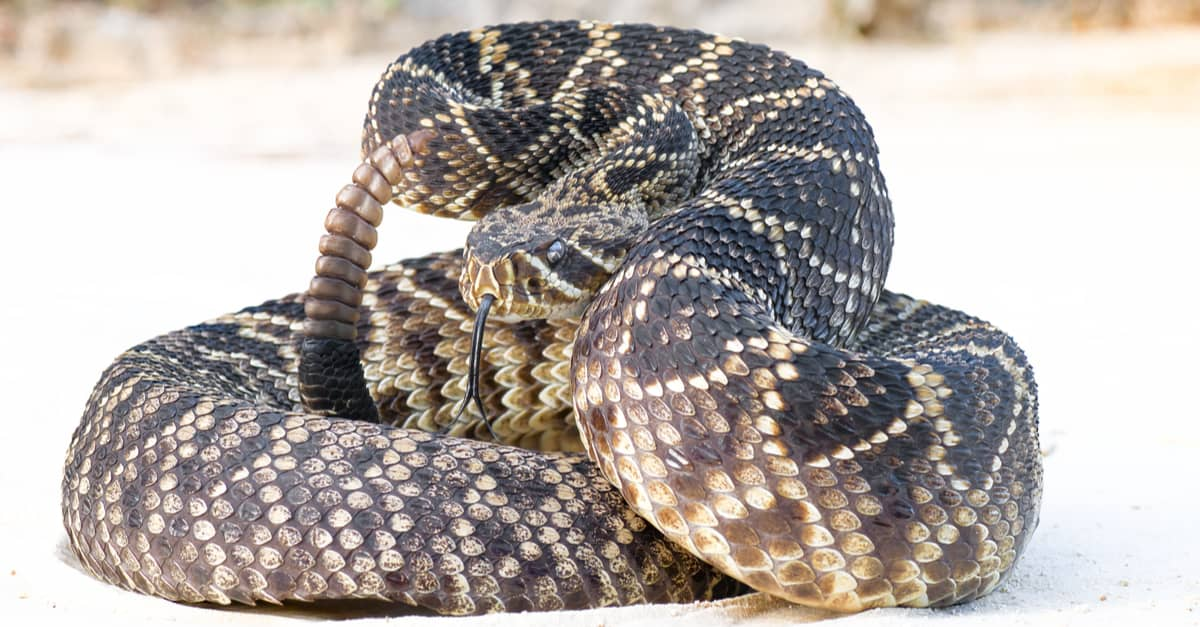
Class Reptilia, Order Squamata, Suborder Serpentes, Family Crotalidae:
Eastern Diamond-back Rattlesnake, Crotalus adamanteus -

Class Reptilia, Order Testudines, Family Emydidae:
Chicken Turtle, Deirochelys reticularia - The chicken turtle's scientific name refers to its extremely long neck and distinctive net-like pattern on its upper shell. The carapace of the chicken turtle is elongated and pear-shaped, with the rear half noticeably wider than the front. It ranges from dark green to brown in color, and features a distinctive yellowish net-like pattern across its entire upper surface.
Chicken turtles inhabit shallow, still or slow-moving bodies of water with plenty of vegetation and a muddy substrate. They are not found in rivers or deeper lakes that may be home to predators such as alligators and large fish. The chicken turtle is predominantly carnivorous and feeds mostly on invertebrates such as crayfish, dragonflies and spiders, but is also known to eat tadpoles, carrion and occasionally plant material.
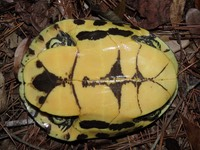

Class Reptilia, Order Testudines, Family Emydidae:
Pearl River Map Turtle, Graptemys pearlensis -

Class Reptilia, Order Testudines, Family Emydidae:
False Map Turtle, Graptemys pseudogeographica - Also known as a "sawback" turtle, the false map turtle's carapace features a raised, almost arched form, with a unique vertebral row of low spines down the center of its back. The shell is serrated on the posterior rim, and is olive to brownish in color, showing some lighter, yellowish markings with dark edging.
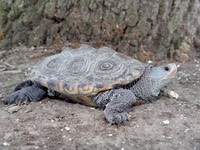
Class Reptilia, Order Testudines, Family Emydidae:
Diamond-backed Terrapin, Malaclemys terrapin -

Class Reptilia, Order Testudines, Family Emydidae:
Eastern Box Turtle, Terrapene carolina -

Class Reptilia, Order Testudines, Family Testudinidae:
Gopher Tortoise, Gopherus polyphemus -